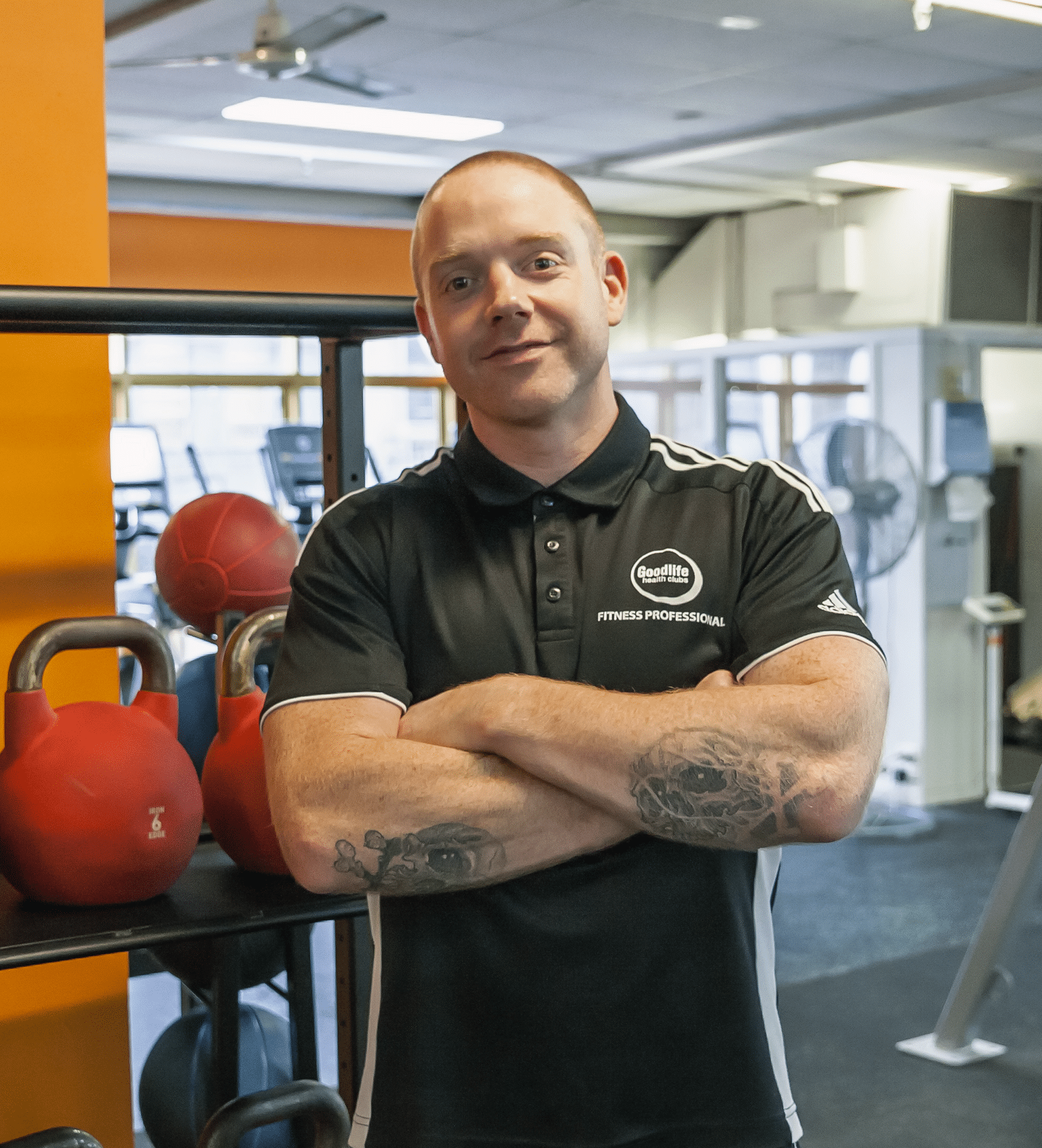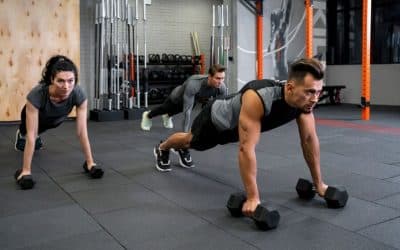There’s nothing worse than honing your training regime only to be put out for weeks due to injury. While some injuries are unavoidable, there are many things you can do to minimise strain and pain during your workouts. Here are our top 5 ways to stay at your best and minimise injuries while training.
1. Take stock of old injuries
The first step in avoiding future injuries is to review past mistakes. If you’ve injured yourself in a freak accident, chances are there’s little you could have done to avoid it. But, if you have a repetitive strain injury, there could be something in your movement patterns that needs to be fixed. Likewise, if your injury occurred due to imbalances or lifting something too heavy, it’s time to reassess how you train. Take the time to review how you’ve hurt yourself in the past, and use this as a guide for what to avoid in the future.
2. Review your technique
Poor technique is one of the biggest catalysts for injury. This is especially the case in strength training – remember, you can injure yourself severely just by using the wrong lifting technique. When you lift weights, your body is contracting and stabilising muscles to support the weight. So, when you lift incorrectly, you risk overloading some muscles, weakening others, and creating imbalance. If you’ve never received professional instruction on your technique, make the investment to hire someone to teach you.
3. Train specifically and adequately
There’s been too many times that we’ve heard people say they’ll just “wing it” at their next event – whether it be a strongman competition, an athletic event, or personal weight loss efforts. But if you’ve neglected to prepare your body for what it’s about to be put through, you’re asking for an injury or reduced performance. Don’t assume that your body can handle everything you throw at it. Whether you’re training for a marathon or a deadlift, learn what exercises you need for your specific goals, and go through them rigorously and regularly.
4. Don’t neglect mobility and flexibility
Mobility and flexibility are crucial to every athlete, just as they are in everyday life. You may not need to do the splits at your next rugby game, but if your joints or muscles are stiff, you’re at a real risk of injury when you push them to move. Take note of your range of movement, and work on fixing any areas that feel tight or ‘stuck’. Work in mobility training into all your warmups and recovery sessions, and if you have a particular mobility issue you should consider some specialised recovery and strengthening sessions.
5. Get screened by a professional
Self-examinations are a great way to keep your body in check – but an untrained eye may not notice issues until an injury occurs. Keep your body in tip-top shape by seeing a physical therapist or a FMS qualified personal trainer. They’ll ensure your posture, movement and proprioception are all up to scratch, and can work with you to improve any areas of concern. Don’t wait until you’re in pain to see a professional. Remember, prevention is easier than a cure, so make time to see someone now, and have regular check-ups based on their suggestions.
Some injuries are inevitable, but the last thing you want is to be flat on your back all season because you didn’t look after yourself. Follow these 5 steps in your training and you’re sure to avoid some unnecessary injuries. If you’d like more tips, or a guiding hand during your training, contact us to discuss working with one of our expert personal trainers.




